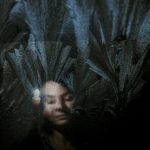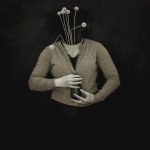Untitled No. 1, Trauma Series
TEXT BY IRENA DRAGAŠ JANSEN
PHOTOGRAPHS BY MANUELA THAMES
From a War to a Pandemic

Quarantine, No. 5
As I observe the global pandemic unfold from the comforts and safety of my Washington, D.C., metro area home, I am transported back to the basement shelters where my parents, sister, relatives, neighbors, and I hid from the daily deadly mortar attacks during the most recent war in Croatia.
The wailing sound of the warning siren would pierce the air and wake us up from sleep or yank us out of our daily tasks. Everyone would freeze for a moment, then run. We would locate our family members, quickly gather some supplies, then head for safety.
Because it had no basement, the house we were living in was not secure. So we had to brave the open air of the street in order to reach the perceived safety of our neighbors’ basement. Being deep inside the house would keep us out of harm’s way—unless the raining mortars penetrated the structure and exploded their lethal content on top of us.
The outside was where the obvious danger was. This was where mortars could drop and explode at any time, and from any direction. We could not see them coming, though sometimes we could hear the mortars approaching. Their high-pitched wheezing sound pierced the air and our ears. We hoped and prayed they would not land on us while we were outside running towards the safety of the underground shelter.
Once inside the basement, my family, neighbors, and I huddled together. After catching our breath, it was time to assess the supplies we had brought or had already stashed there: blankets, pillows, and jackets to make the cold cement basement more comfortable; food and water to nourish us, as there was no way of knowing how long we would have to shelter; a radio to hear the alerts and updates; books and games to help pass the time.
Then we waited. We knew our compatriots were hunkering down in their basements too. We were all sheltering from the same looming danger—separate yet together in our sheltering and waiting.
These days I huddle with my mom, dad, sister, and her family via Zoom and FaceTime. I am in my American house with my husband, and they are in their Croatian homes.
We talk and compare notes from the news in our two countries. We share tips about how to stay safe after doing grocery runs outside. We tell each other about our new routines, the new recipes we have tried, and the fears, frustrations, and joys of each day. We reminisce about that other great crisis we lived through and the basements that hid us. And we laugh, a lot, as we lounge on our cozy couches in our own homes, looking with gratitude at each other’s faces on glowing screens—separate yet together in our sheltering and waiting.
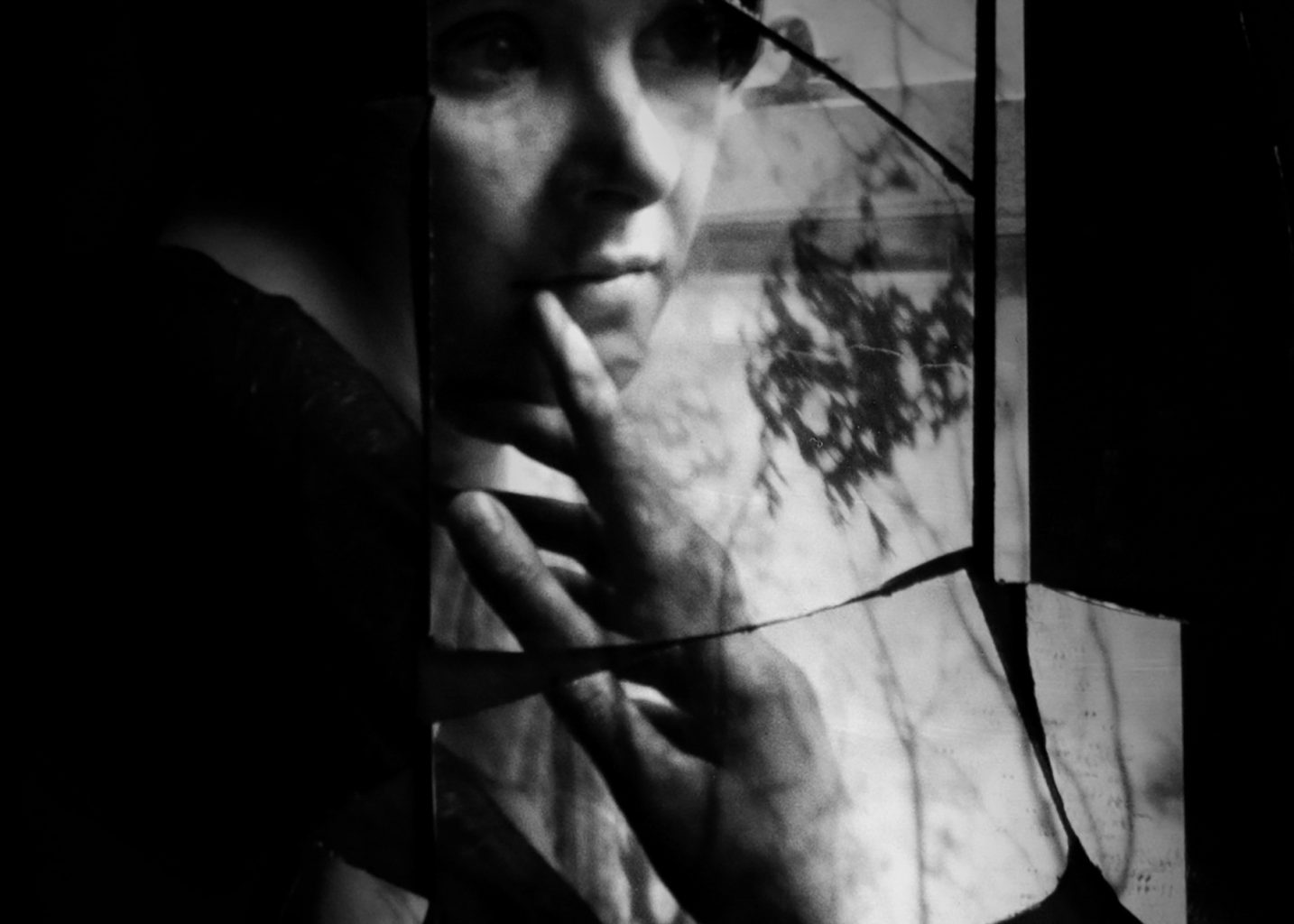
Broken Mirror
The Fuel of Fear
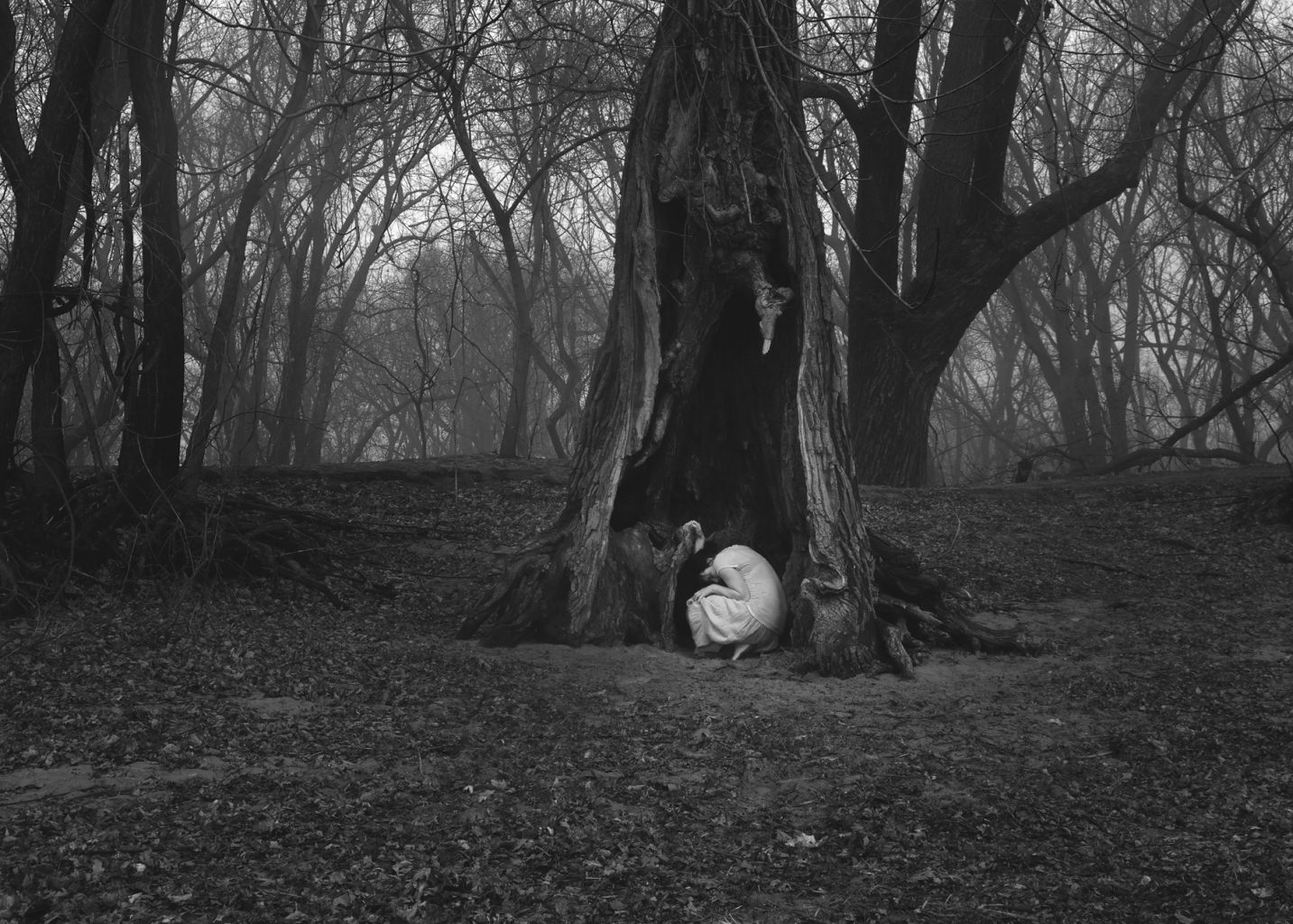
Sleeping in the Forest
A few years after the end of the war in Croatia, I found myself eye to eye with a group of teenage boys. They and their families had spent the war on the other side of the front line that had been drawn through the middle of our country. We had been on opposite sides during the conflict.
Now the war was over, peace had come, and I was working for a faith-based organization running a summer youth camp in a city that was almost completely destroyed in the war. After we had spent a few days at the camp, getting to know each other and doing service projects together, I shared my story:
“In 1991, when I was 17, my hometown was occupied by the enemy forces. My parents, my sister, and I had to flee our home to save our lives. We became displaced persons and spent four years of the war living in the free part of Croatia. In 1995, our hometown was freed from the occupation and we returned home.”
Those were the basic facts.
The young men tensed up, but they still smiled as they said:
“Oh, no, your hometown was freed in 1991 by our forces. We lost it again when your armed forces occupied it in 1995.”
What?! They were negating my story. Even though my story is true. How could I handle this? I was supposed to be a leader and an example of the faith of peace and love that I talk about. And yet I was fuming inside.
In the months and years that followed, I continued to interact with these young men and their friends and families, and we became friends. The former enemy from the other side of the front line had gained faces. Our stories were still opposite though.
This left me asking questions:
Why did my family leave our town in 1991? We wanted to be safe. We feared we were not safe as long as we stayed in the town because the other side was taking it over.
Why did the other side come into our town in 1991? They wanted to be safe. They feared they were not safe as long as the town was governed by the other side.
Why did we come back in 1995? We wanted to be safe, and we felt that we would be now that the town was governed by our side again, meaning we did not have to fear anymore.
Why did they leave the town in 1995? They wanted to be safe and felt they would not be now that the other side was in charge of the town again.
It turns out that our stories were not in fact opposite. Rather, our stories were the same. We all wanted to be safe. We all feared we were not. The fuel of fear had ignited our actions. The fuel of fear had consumed us, and our actions had mirrored the actions we condemned when they were committed by the other side. The face of our enemy was our own face.
And so began my journey towards reconciliation.
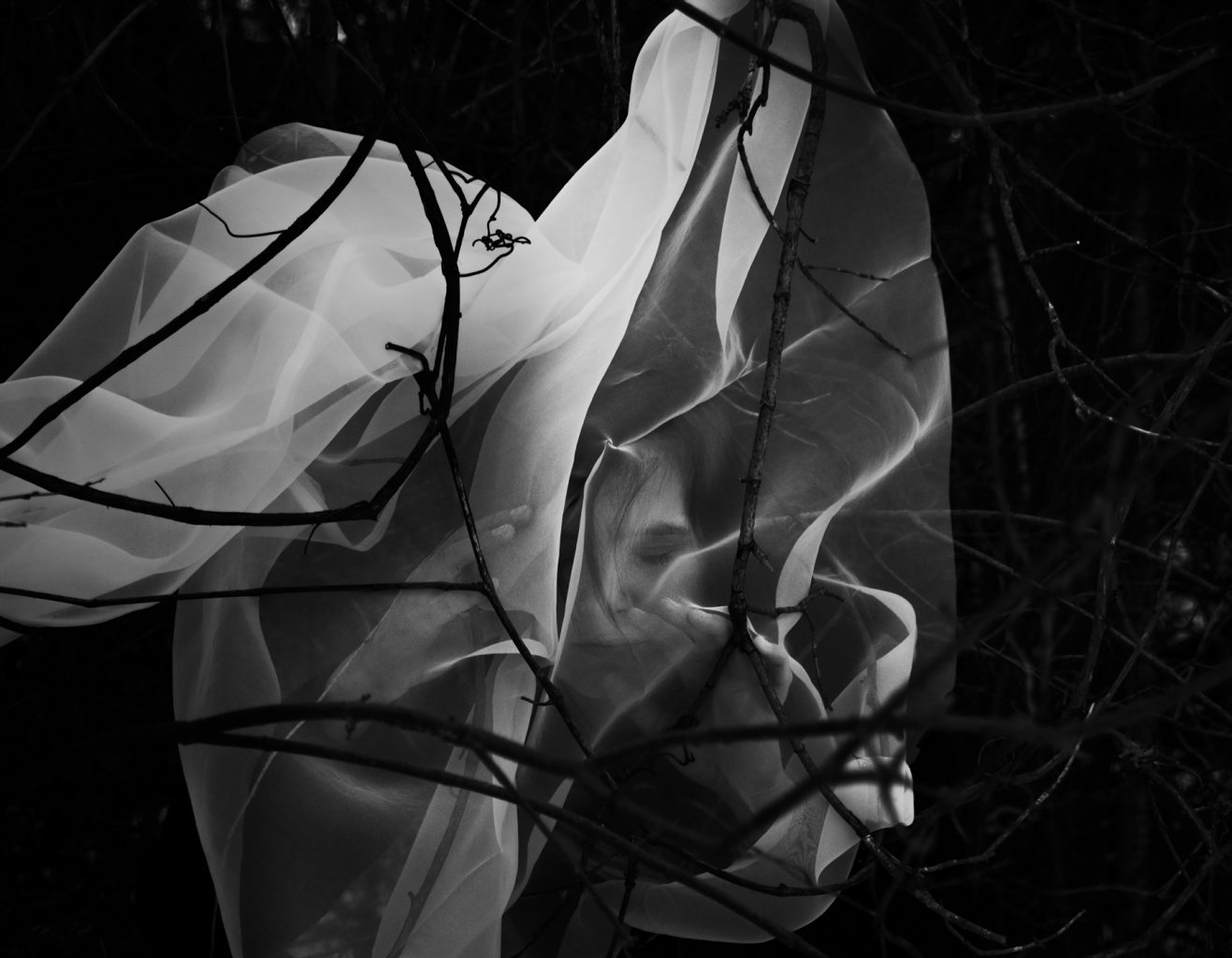
The Veil Between Two Worlds
Beautiful Bare Branches

The Garden Inside, No. 1

The Garden Inside, No. 2
Taking all the factors into account, we concluded that the best time to have our wedding was that upcoming November. November! I had always imagined I would get married during the glorious summer days of my beautiful Mediterranean homeland. But now here we were planning for November, the most nondescript month, squeezed between colorful autumn and festive December. November in Croatia is gray, bland, cold, and bare. But work schedules, immigration procedures, ease of travel, and a plethora of other valid practical factors made that month the most suited one for our celebration. Thus, our wedding was set for November 20.
“All the leaves will be gone by then, and the tree branches will be bare! There will be no flowers in the fields or the gardens. The ugly season will have arrived.”
This factual statement was uttered over and over by me and my planning circle. All the leaves would be gone. All the branches would be bare.
Wait, we WILL HAVE bare branches. And plenty of them!
A few months before our Croatian wedding, when the leaves were starting to fall, I came to stay with my parents for a few weeks to do some wedding preparations. My dad trimmed their new birch tree that had replaced the one that fell victim to the recent war, and my mom and I cut the branches down into various lengths. The three of us spray-painted a portion of them white and created dozens of branch bunches. These clusters would be the main feature of our wedding decorations.
We lined the church aisles with these bare-branch “bouquets,” placing the tallest ones at the front of the church. The white and brown elegance of the shorter bunches adorned every special feature of the wedding: the dinner tables, the piano, the welcome sign, and even the special seating for us newlyweds. The wedding cake was custom-made by our friends and family who used their creative skills to decorate the cake with bare, brown icing branches that had cherry blossoms just popping up from them.
As our wedding day approached, the November trees slowly shed their colorful leaves, and I watched in awe as the beautiful, intricate, lace-like structures underneath emerged. What was once hidden from sight was now become visible. The humble trunk and branches, which had spent months unseen beneath the flamboyant, eye-catching shapes and colors of the leaves, were now revealed—strong, steady, knotty, tangled. And varied! Oh so varied! Each tree unveiled a unique labyrinthine design that let light shine through and traced a beautiful silhouette against the blue sky.
I could not take my eyes off these exquisite sculptures. I had fallen in love with the bare, leafless trees. They were beautiful. Once they were stripped of all the colorful leaves adorning them, the trees revealed where their true strength and beauty lay—in their core, in those parts of them that remained unmoved and unchanged when the harsh, cold weather took its leafy toll.
This year, after my husband and I had celebrated nine November wedding anniversaries and settled to live in his homeland, we were taking our daily walk through the neighborhood. It was March, and the warmer weather had begun to draw out blossoms. Pandemic-control measures that restricted people’s normal movements had in turn drawn out an unusually high number of walkers. Upon reaching a hill lined with cherry trees that had, seemingly overnight, become glorious white puffs of blossoms, I pulled my phone out to snap a photo, just like all the other people admiring the trees whilst carefully distancing ourselves from the blossoms and each other.
As I framed one of the flowering treetops, I noticed another tree had made its way into my photo. It was a bare-branched tree. No blossoms. No leaves. A lace tree. It stood there quiet and unassuming, unwilling to compete for attention by rushing to burst with blossoms and leaves.
And here, in the middle of March, I felt a longing for my precious November—that quiet month nestled between showy autumn and glittery December. I had come to love November with its lace trees that remind me to ponder the beauty hiding deep behind the flutter of leaves and charm of blossoms.
I find comfort in knowing that come cold and wind, the lace trees will be revealed again, stronger, more mature, and even more intricately woven than the year before. Likewise, I find myself hoping that the “November” of this pandemic will reveal the hidden lace-tree beauty and strength that uphold us.
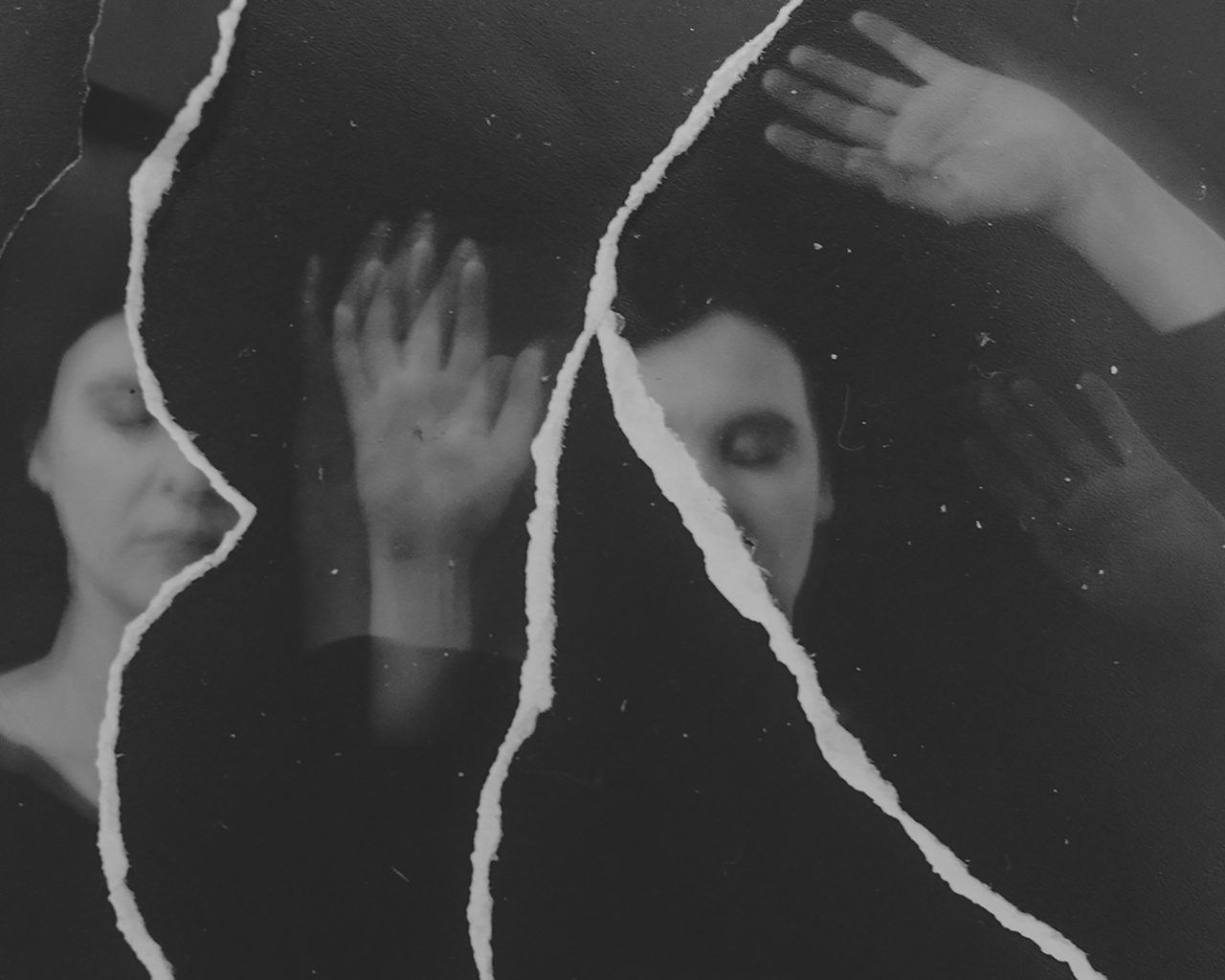
Untitled No. 5, Trauma Series




